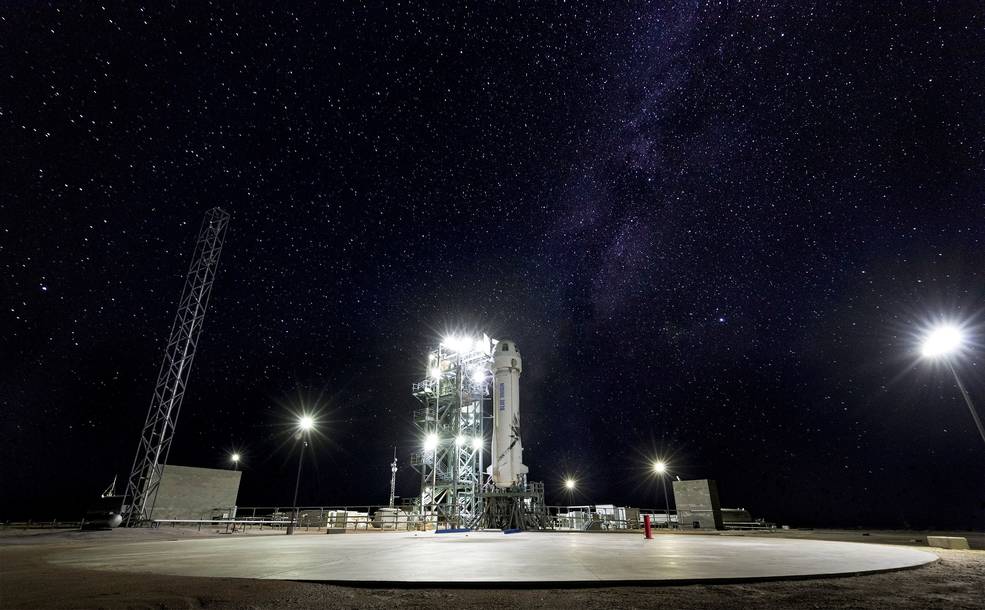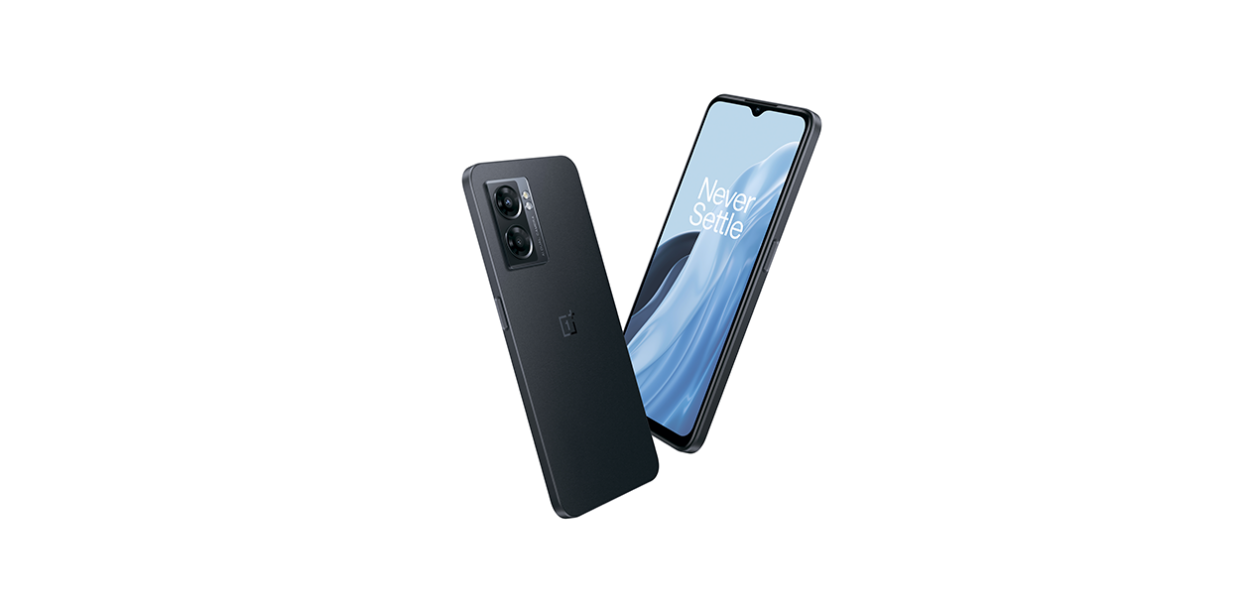NASA Announces New Partnerships to Develop Space Exploration Technologies

NASA is partnering with six U.S. companies to develop 10 “tipping point” technologies that have the potential to significantly benefit the commercial space economy and future NASA missions, including lunar lander and deep space rocket engine technologies.
Selections are based on the agency’s third competitive Tipping Point solicitation, and have a combined total award value of approximately $44 million – a significant investment in the U.S. space industry.
A technology is considered at a “tipping point” if investment in a ground or flight demonstration will result in significantly maturing the technology and improving the company’s ability to bring it to market.
“These awards focus on technology collaborations with the commercial space sector that leverage emerging markets and capabilities to meet NASA’s exploration goals,” said NASA Administrator Jim Bridenstine. “While these key technologies will support NASA’s science and human exploration missions in the future, these awards are yet another example of NASA’s commitment to our nation’s growing commercial space industry today.”
This solicitation targeted three Space Technology Mission Directorate (STMD) strategic technology focus areas: Expand Utilization of Space, Enable Efficient and Safe Transportation Into and Through Space, and Increase Access to Planetary Surfaces.
The selected proposals, organized by strategic technology focus areas, are:
Expand Utilization of Space
- Blue Origin, L.L.C., in Kent, Washington, $10 million
Proposal: Cryogenic Fluid Management-Enhanced Integrated Propulsion Testing for Robust Lander Services
Blue Origin will mature cryogenic liquid propulsion through a combination of technologies in a lunar lander-scaled integrated propulsion system. The project will culminate in testing of the integrated propulsion system and a separate experiment on Blue Origin’s New Shepard suborbital vehicle.
- Space Systems/Loral, L.L.C., (SSL) in Palo Alto, California, $2 million
Proposal: In-Space Xenon Transfer for Satellite, Servicer and Exploration Vehicle Replenishment and Life Extension
This project will advance satellite servicing and in-space platform propellant replenishment capabilities by developing the capability to transfer xenon in space from a servicer or tanker to an active, operational satellite. The incremental addition of xenon transfer to existing robotic refueling payload opens new refueling opportunities. The project will demonstrate that in-space xenon transfer can be performed reliably in-space.
- United Launch Alliance, L.L.C. (ULA) in Centennial, Colorado, $10 million
Proposal: Integrated Vehicle Fluids Flight Demonstration
An Integrated Vehicle Fluids (IVF) system supports extended-duration cryogenic upper stage operations and has applications for lunar landers. It takes advantage of available liquid hydrogen and oxygen to provide multiple kilowatts of power while potentially eliminating battery power, helium pressurization, and the hydrazine reaction control system. This effort includes qualification of key elements of the IVF subsystem and integration and flight on a Centaur upper stage.
Enable Efficient and Safe Transportation Into and Through Space
- Frontier Aerospace Corporation in Simi Valley, California, $1.9 million
Proposal: Flight Qualification of the DSE, MON-25 MMH Rocket Engine
This project will advance Frontier’s Deep Space Engine (DSE) by flight demonstration as part of the first Astrobotic Peregrine Lunar Lander mission planned for 2020. The DSE engine uses a propellant that has a lower freezing point, which provides benefits for exploration landers and deep space missions by lowering system weight and required power.
- Paragon Space Development Corporation in Tucson, Arizona, $1.6 million
Proposal: Cryogenic Encapsulating Launch Shroud and Insulated Upper Stage (CELSIUS)
CELSIUS is a system that can be installed on the surface of the cryogenic upper stage tank of a space launch vehicle to provide enhanced insulation capabilities and protection from meteoroids and debris.
- SSL, $2 million
Proposal: High Efficiency 6kW Dual Mode Electric Propulsion Engine for Broad Mission Applications
This project will expand SSL’s electric propulsion capabilities by developing a selectable “dual mode” power processing unit (PPU) capable of providing 300 or 600 volts to a 6 kilowatt Hall thruster, increasing overall mission efficiency and flexibility. This provides faster, more efficient, propulsive capabilities for future NASA missions.
- ULA, $2 million
Proposal: Cryogenic Fluid Management Technology Demonstration
This cryogenic fluid management (CFM) demonstration project seeks to prove that very low cryogenic fuel boil off is achievable and can support long duration missions. ULA will perform critical testing of the existing space launch vehicle Centaur Cryote-3 tank.
Increase Access to Planetary Surfaces
- Astrobotic Technology, Inc., Pittsburgh, Pennsylvania, $10 million
Proposal: Stand-Alone Sensor for High Precision Planetary Landing
This project will culminate in a lunar technology demonstration mission, advancing a low-cost, reliable, high-performance, stand-alone Terrain Relative Navigation (TRN) sensor suite. This lower-mass, lower-power, passive-optical sensor suite is designed to precisely deliver robotic landers to planetary surfaces. Demonstrating these capabilities will allow the team to assist NASA in dramatically improving the performance of lunar and planetary landing missions.
- Blue Origin, $3 million
Proposal: Advancing Sensor Suites to Enable Landing Anywhere on the Lunar Surface
This project will mature critical technologies that enable precision and soft landing on the Moon. The project team will integrate Terrain Relative Navigation (TRN), navigation doppler lidar, and altimetry sensors and conduct flight tests prior to lunar mission implementation. Testing will be performed at approximately 100 km altitude on board the Blue Origin New Shepard vertical takeoff vertical landing (VTVL) suborbital vehicle. The resulting sensor suite will enable precision landing anywhere on the lunar surface.
- ULA, $1.9 million
Proposal: Mid-Air Retrieval (MAR) Demonstration
This project will flight demonstrate mid-air retrieval capabilities up to 8,000 pounds, increasing current capabilities by a factor of four. Paired with the NASA Low-Earth Orbit Flight Test of an Inflatable Decelerator (LOFTID) project, this effort will demonstrate mid-air retrieval on a vehicle returning to Earth from orbital velocity. The project will utilize an ocean-going ship capable of transporting a helicopter to the recovery zone and the demonstration will conclude with recovery of the LOFTID reentry vehicle.
Through firm-fixed-price contracts, STMD will make milestone payments that cover as much as $10 million per award, over a performance period of up to 36 months. Each industry partner is required to contribute a minimum of 25 percent of total cost for each project.
STMD is responsible for developing the crosscutting, pioneering technologies and capabilities needed to achieve NASA missions. Projects resulting from the Tipping Point solicitation will enable public-private partnerships managed by programs within STMD.
For more information about the Tipping Point solicitation, visit:
https://www.nasa.gov/directorates/spacetech/solicitations/tipping_points





